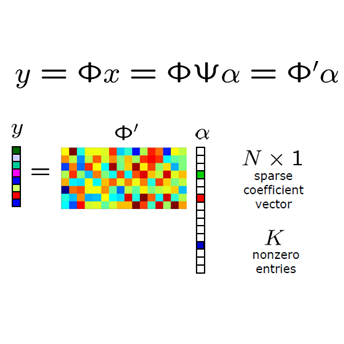To more efficiently address image compressed sensing (CS) problems, we present a novel content-aware scalable network dubbed CASNet which collectively achieves adaptive sampling rate allocation, fine granular scalability and high-quality reconstruction. We first adopt a data-driven saliency detector to evaluate the importances of different image regions and propose a saliency-based block ratio aggregation (BRA) strategy for sampling rate allocation. A unified learnable generating matrix is then developed to produce sampling matrix of any CS ratio with an ordered structure. Being equipped with the optimization-inspired recovery subnet guided by saliency information and a multi-block training scheme preventing blocking artifacts, CASNet jointly reconstructs the image blocks sampled at various sampling rates with one single model. To accelerate training convergence and improve network robustness, we propose an SVD-based initialization scheme and a random transformation enhancement (RTE) strategy, which are extensible without introducing extra parameters. All the CASNet components can be combined and learned end-to-end. We further provide a four-stage implementation for evaluation and practical deployments. Experiments demonstrate that CASNet outperforms other CS networks by a large margin, validating the collaboration and mutual supports among its components and strategies. Codes are available at https://github.com/Guaishou74851/CASNet.
翻译:为了更有效地解决图像压缩遥感(CS)问题,我们提出了一个新型的内容-认知可缩放网络,称为CASNet(CASNet),以集体实现适应性抽样率分配、微粒缩放和高质量重建;我们首先采用数据驱动的显著检测器,以评价不同图像区域的重要性,并提议一个基于显著的区块比率汇总(BRA)战略,用于抽样率分配;然后开发一个统一的可学习生成矩阵,以生成具有定序结构的任何CS比率的抽样矩阵;在显著信息和多区块培训计划的指导下,配备了优化型回收子网,以防止阻塞文物;CASNet(CASNet)共同用单一模式重建不同取样率抽样的图像块;为加快培训趋同和提高网络的稳健性,我们提议一个基于SVD的初始化计划和随机转换增强战略,在不引入额外参数的情况下可以推广;所有CASNet(CASNet)组成部分可以合并并学习到终端。我们进一步为评价和实际部署提供四阶段实施。





